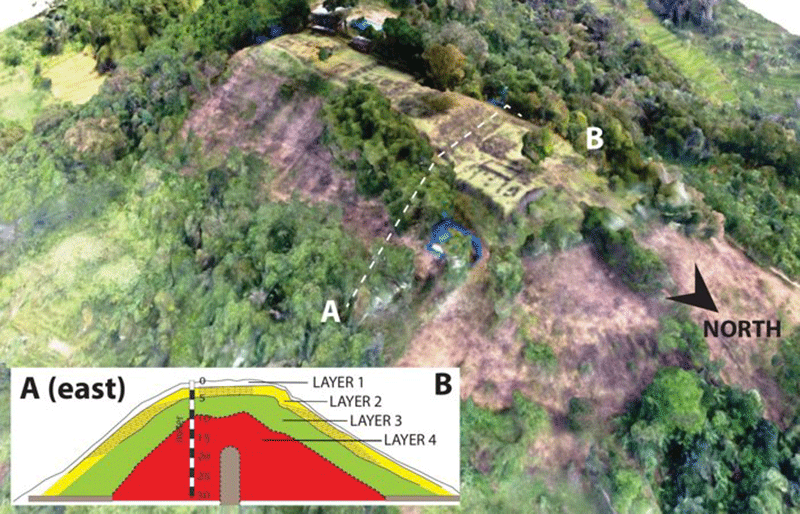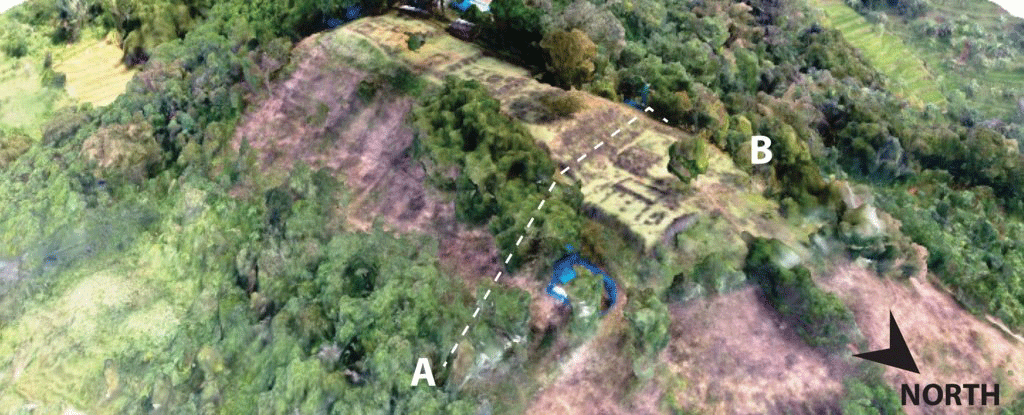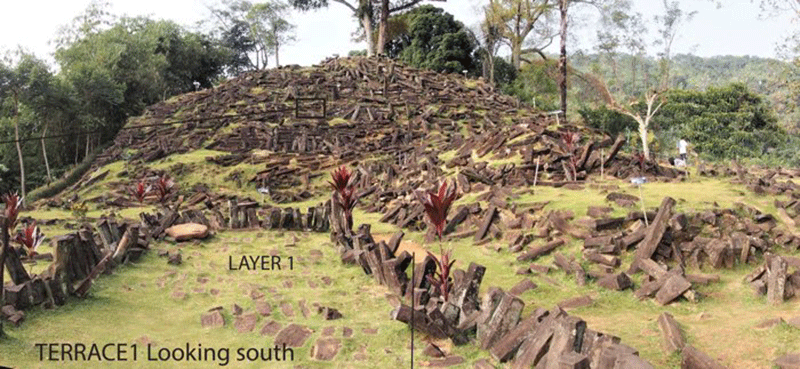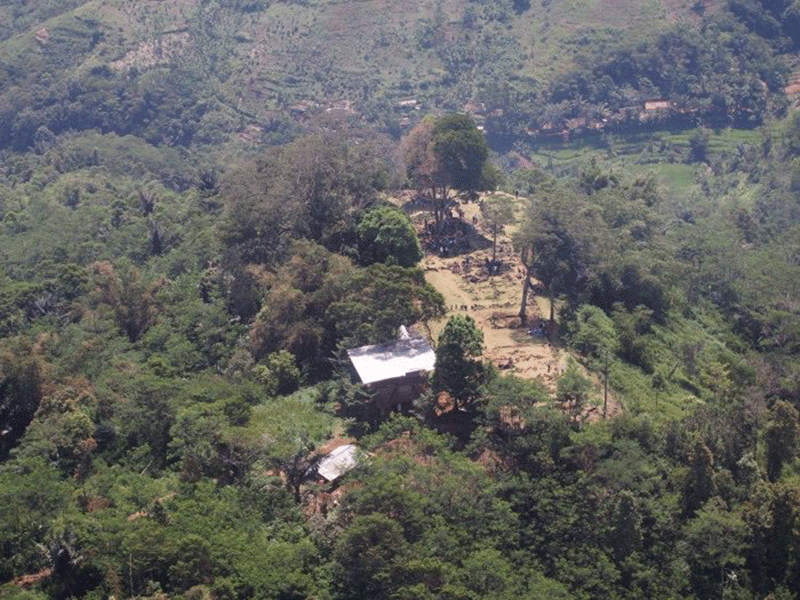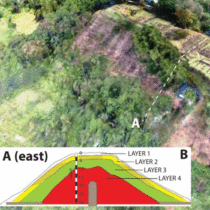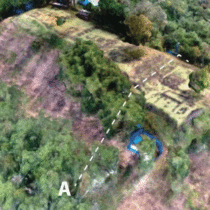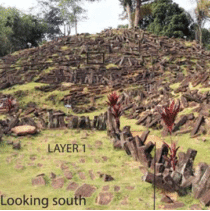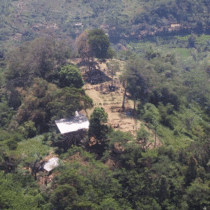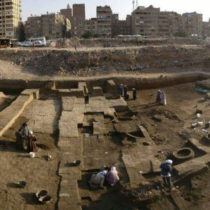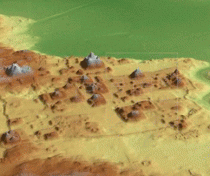A new research claims that underneath a mountain in Indonesia lies the world’s oldest pyramid. The site, Gunung Padang, is a hill with abundant archaeological evidence. But the new study claims that the hill is in fact a layered series of ancient structures dating over 10,000 years back.
The study was carried out over several years and researchers claim that the structure is not superficial, it goes really deep covering an area of at least 15 hectares. With the use of ground penetration radar, seismic tomography and archaeological excavations combined, the team of researchers say that many layers hide beneath the hill constructed in several prehistoric periods. The top layer, a megalithic structure comprising rock columns, walls, paths and spaces is constructed on a second layer about 1-3 metres deep below the surface. The second layer comprises an arrangement of rocks organised in a matrix structure. A third layer, 15 metres below the surface, also comprises arranged rocks, as well as chambers. The rocks are basalt and have been carved by humans.
Radiocarbon dating has indicated that the first layer could be about 3,500 years old, the second about 8,000 years old and the third one dates to the period of 9,500-28,000 years back.
Although there is no concrete evidence on the use of these structures, researchers believe that the ancient pyramid could have served a religious purpose.
Geophysicist Danny Hilman Natawidjaja, from the Indonesian Institute of Sciences and leader of the team, highlights the importance of the structure since it proves that prehistoric societies were not as primitive as it is widely believed.
The study has not been received with the same enthusiasm by the entire scientific community, though. Many researchers are not convinced as to the results and challenge the team’s methods and findings.
The findings were presented at the annual meeting of the American Geophysical Union in Washington, DC last week.
